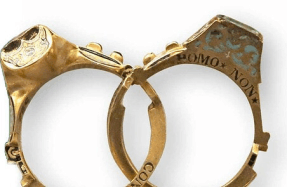Spades, soil and sisterhood







The Dig, a cinematic retelling of the story of the 1939 Sutton Hoo excavation, was among this year’s cultural highlights for history fans – indeed, for anyone who loves a great true story. The film focuses on the work that unearthed one of Britain’s most breathtaking archaeological finds: an ancient ship burial that had lain beneath a huge mound in Suffolk for 13 centuries. The Dig captures the excitement of excavation, and features impressively accurate depictions of both the ship and the tools used by those involved. Yet it fails dismally in one key aspect: its depiction of pioneering archaeologist Peggy Piggott, better known today by her later married name, Margaret Guido.
In the film, she is the only woman shown on the dig team at Sutton Hoo, and is portrayed as a bumbling sidekick to her more senior colleagues. In reality, though not yet 30 at the time, she was already highly experienced, with a brace of digs and even an excavation directorship under her belt.
That misjudgment matters – not just for the sake of accuracy about one individual but, by extension, for the representation of female archaeologists in the 1930s. Everyone excavating at Sutton Hoo alongside Peggy that summer would, for example, have been aware that a woman had just been appointed Disney professor of archaeology at the University of Cambridge: Dorothy Garrod – the first female Oxbridge subject.
You’re reading a preview, subscribe to read more.
Start your free 30 days



